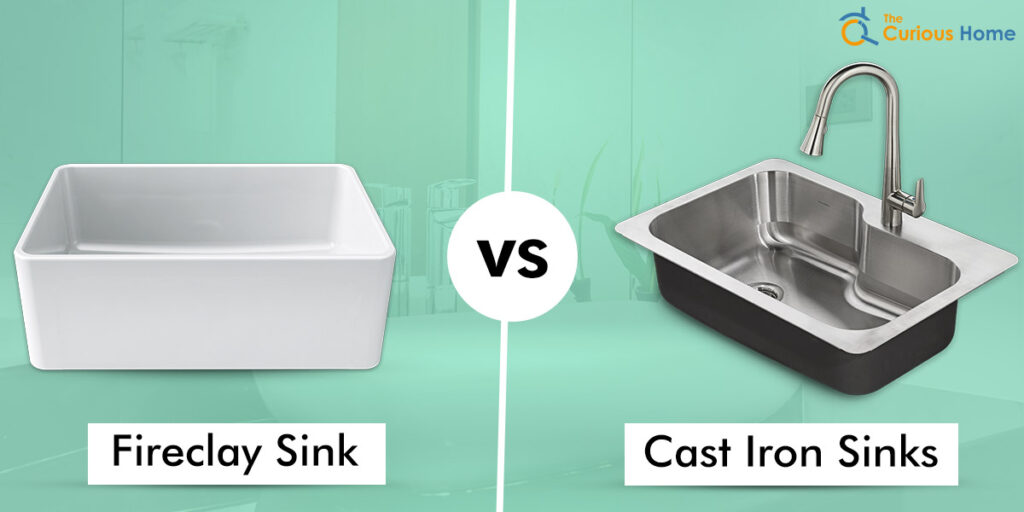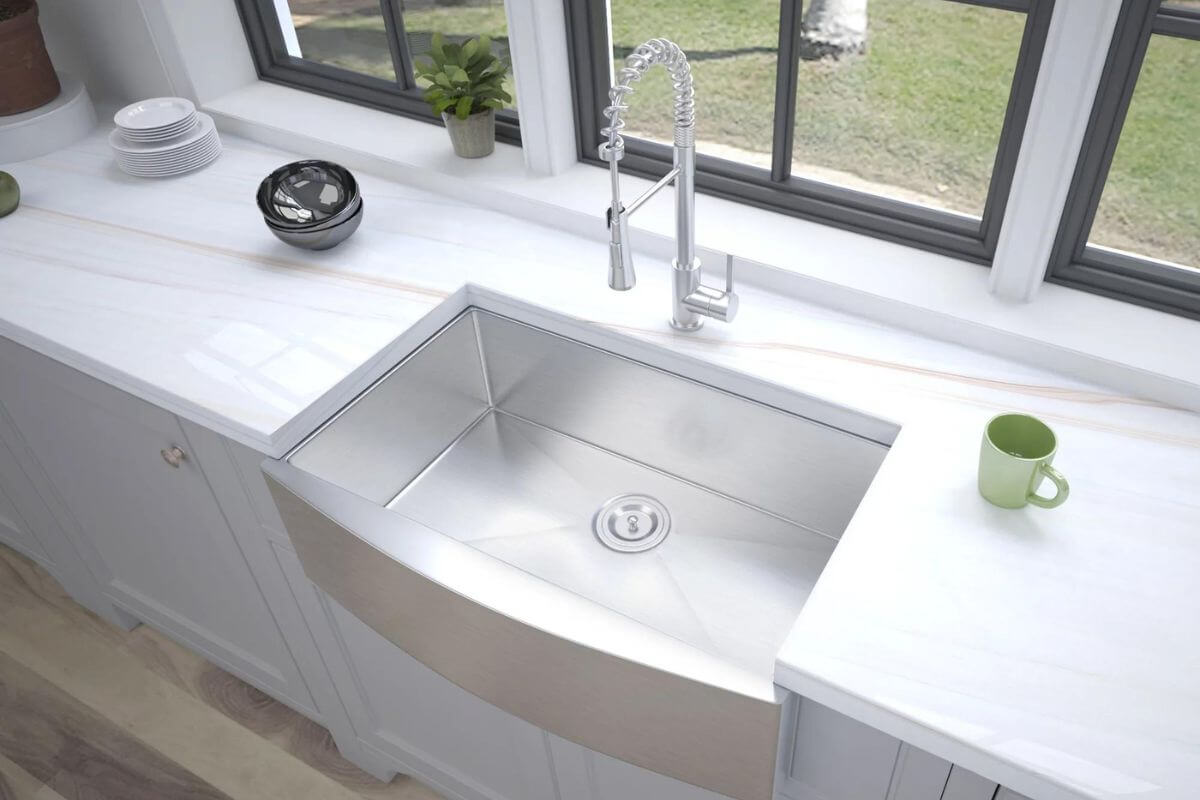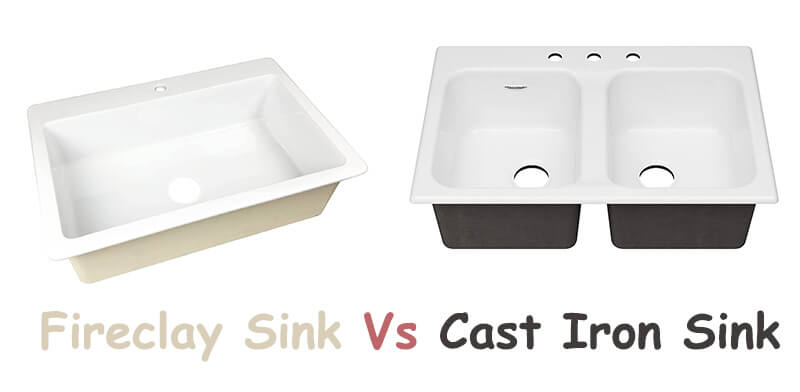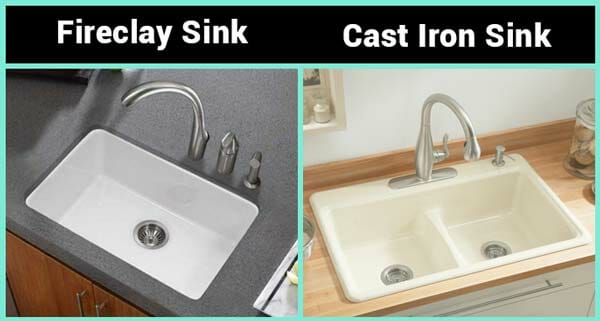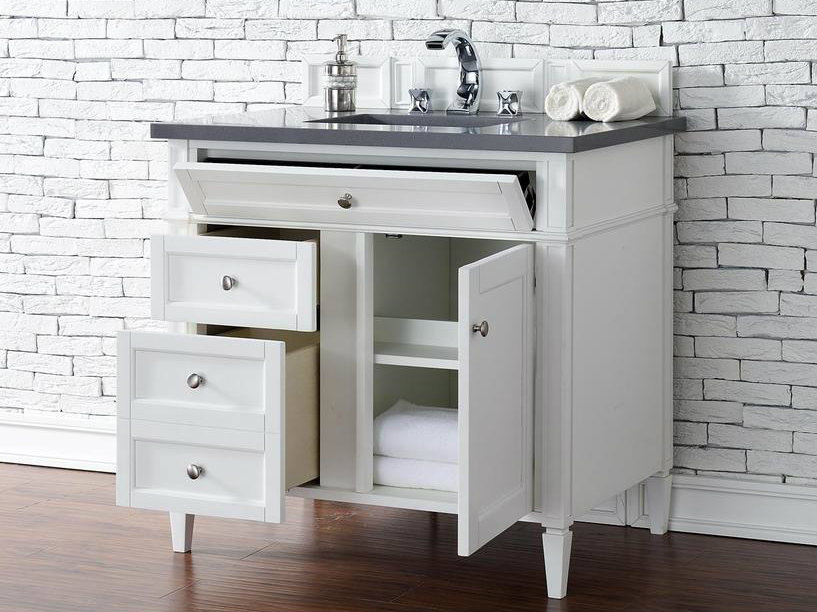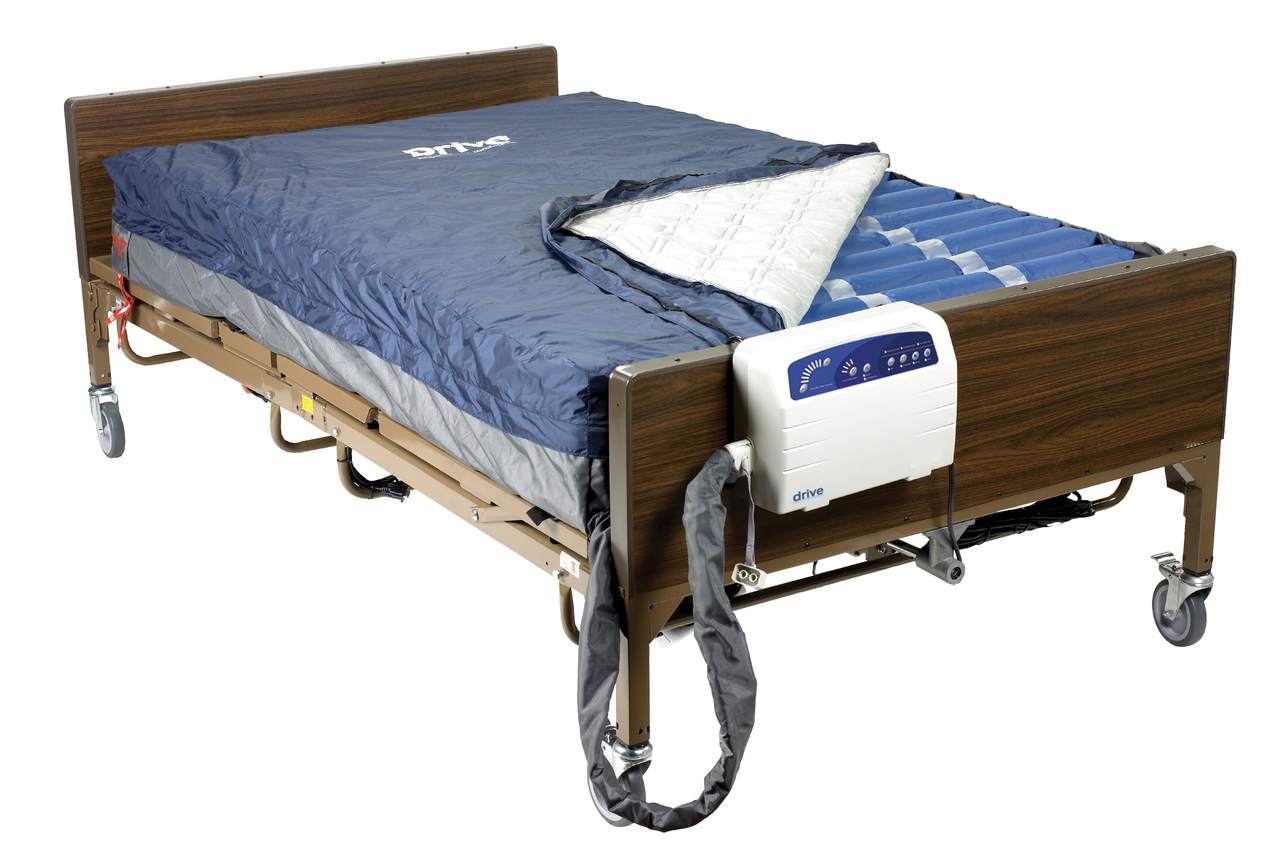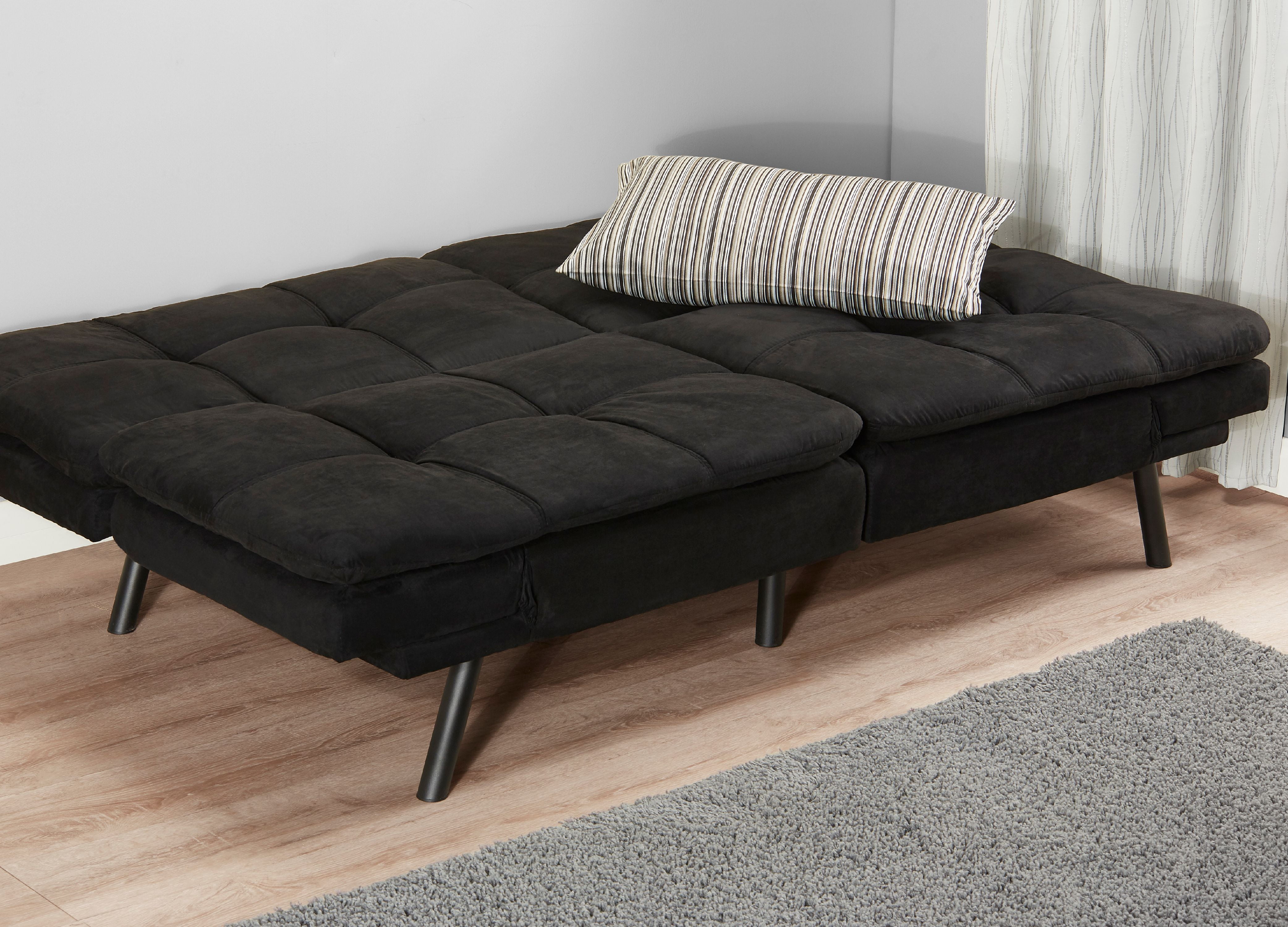Choosing the right kitchen sink for your home can be a daunting task. With so many options available, it can be overwhelming to decide which material and style will best suit your needs. Two popular choices for kitchen sinks are fireclay and cast iron. While both offer their own unique benefits, it's important to understand the differences between them in order to make an informed decision. In this article, we'll delve into the pros and cons of fireclay and cast iron kitchen sinks to help you determine which one is right for you.Fireclay vs Cast Iron Kitchen Sink: Which One is Right for You?
Before we dive into the specifics, let's take a look at a brief overview of fireclay and cast iron kitchen sinks. Fireclay: Fireclay sinks are made from a combination of clay and glaze, which is then fired at an extremely high temperature. This process creates a durable and smooth surface that is resistant to scratches and stains. Cast Iron: Cast iron sinks are made from molten iron that is poured into a mold and then coated with a layer of enamel. The result is a heavy and durable sink that is also resistant to scratches and stains.Fireclay vs Cast Iron Kitchen Sink: A Comprehensive Comparison
Pros of Fireclay:Fireclay vs Cast Iron Kitchen Sink: Pros and Cons
When it comes to durability, both fireclay and cast iron sinks have their strengths. Fireclay sinks are known for their resistance to scratches and stains, while cast iron sinks are known for their overall strength and durability. However, both materials can still be prone to chipping and cracking if heavy objects are dropped on them. In terms of maintenance, both types of sinks are relatively easy to clean and maintain. Both are non-porous, which means they won't absorb stains and are resistant to bacteria growth. However, it's important to note that cast iron sinks may require occasional re-enameling if the coating gets chipped or damaged.Fireclay vs Cast Iron Kitchen Sink: Durability and Maintenance
Fireclay and cast iron sinks both offer a variety of design and style options. Fireclay sinks have a smooth and glossy finish that adds a touch of elegance to any kitchen. They also come in a variety of shapes and sizes, including farmhouse and apron front styles. Cast iron sinks, on the other hand, can be customized with different colors and designs to match your kitchen's aesthetic. They also come in a variety of styles, including undermount, top mount, and farmhouse. Ultimately, the choice between fireclay and cast iron will come down to personal preference and the design aesthetic of your kitchen.Fireclay vs Cast Iron Kitchen Sink: Design and Style
When it comes to cost, fireclay and cast iron sinks can be quite different. Fireclay sinks tend to be more expensive, with prices ranging from $500 to $1,000 or more. Cast iron sinks, on the other hand, can range from $300 to $700 or more. However, the overall cost will depend on factors such as size, style, and brand. It's important to consider your budget when deciding between fireclay and cast iron.Fireclay vs Cast Iron Kitchen Sink: Cost Comparison
The installation process for both fireclay and cast iron sinks can be more complex than other types of sinks due to their weight. It's important to have proper support and reinforcement in place to prevent the sink from cracking or breaking. Additionally, undermount installation for cast iron sinks may require additional support due to their weight. It's best to hire a professional for the installation to ensure it is done correctly and safely.Fireclay vs Cast Iron Kitchen Sink: Installation Process
Both fireclay and cast iron sinks are known for their resistance to heat and stains. Fireclay sinks can withstand high temperatures without damage, making them a great choice for busy kitchens. Cast iron sinks are also heat resistant, but the enamel coating can be damaged by extreme heat. Both types of sinks are also resistant to stains, making them a low-maintenance option for any kitchen.Fireclay vs Cast Iron Kitchen Sink: Heat and Stain Resistance
One potential downside of cast iron sinks is that they can be loud and prone to vibration when water is running or dishes are being washed. This is due to their heavy and solid construction. Fireclay sinks, on the other hand, tend to be quieter and less prone to vibration, making them a better option for noise-sensitive households.Fireclay vs Cast Iron Kitchen Sink: Noise and Vibration Control
When it comes to the environmental impact, both fireclay and cast iron sinks have their pros and cons. Fireclay is a natural material and can be recycled, making it a more environmentally friendly option. However, the manufacturing process for fireclay sinks involves high temperatures, which can contribute to air pollution. Cast iron, on the other hand, is made from recycled materials, but the enamel coating can contain chemicals that can be harmful to the environment. It's important to do your research and choose a sink that aligns with your values. In conclusion, both fireclay and cast iron kitchen sinks have their own unique benefits and drawbacks. When deciding between the two, it's important to consider factors such as durability, maintenance, design, cost, and environmental impact. Ultimately, the right choice for you will depend on your personal preferences and needs. Whichever material you choose, a fireclay or cast iron sink will add both function and beauty to your kitchen.Fireclay vs Cast Iron Kitchen Sink: Environmental Impact
Fireclay vs Cast Iron Kitchen Sink: A Comprehensive Comparison

Design and Aesthetics
 When it comes to the design and aesthetics of a kitchen sink, both
fireclay and cast iron
offer unique and appealing options. Fireclay sinks are known for their classic and elegant look, with a smooth and glossy finish that adds a touch of sophistication to any kitchen. On the other hand, cast iron sinks have a more traditional and rustic feel, with a rough and textured surface that adds character and charm to a kitchen.
Both options come in a variety of colors and styles
, making it easy to find one that fits your personal taste and the overall design of your kitchen.
When it comes to the design and aesthetics of a kitchen sink, both
fireclay and cast iron
offer unique and appealing options. Fireclay sinks are known for their classic and elegant look, with a smooth and glossy finish that adds a touch of sophistication to any kitchen. On the other hand, cast iron sinks have a more traditional and rustic feel, with a rough and textured surface that adds character and charm to a kitchen.
Both options come in a variety of colors and styles
, making it easy to find one that fits your personal taste and the overall design of your kitchen.
Durability and Maintenance
 When it comes to durability, both fireclay and cast iron sinks are known for their strength and longevity. Fireclay sinks are made from a combination of clay and glaze, which is then fired at high temperatures to create a durable and non-porous surface. This makes them resistant to stains, scratches, and heat. Cast iron sinks, on the other hand, are made from solid iron and coated with a layer of enamel. This makes them extremely durable and able to withstand heavy use, but they are more prone to chipping and scratching if not properly maintained.
Both types of sinks require minimal maintenance and can last for decades with proper care.
When it comes to durability, both fireclay and cast iron sinks are known for their strength and longevity. Fireclay sinks are made from a combination of clay and glaze, which is then fired at high temperatures to create a durable and non-porous surface. This makes them resistant to stains, scratches, and heat. Cast iron sinks, on the other hand, are made from solid iron and coated with a layer of enamel. This makes them extremely durable and able to withstand heavy use, but they are more prone to chipping and scratching if not properly maintained.
Both types of sinks require minimal maintenance and can last for decades with proper care.
Price and Installation
 When it comes to price, fireclay and cast iron sinks can vary greatly depending on the brand, size, and style. Generally, fireclay sinks tend to be more expensive, but they also offer a more luxurious and high-end look. Cast iron sinks, on the other hand, are more affordable and offer a wider range of options at different price points. When it comes to installation,
both types of sinks require professional installation
due to their weight and size. However, cast iron sinks may be slightly more difficult to install due to their weight and need for additional support.
When it comes to price, fireclay and cast iron sinks can vary greatly depending on the brand, size, and style. Generally, fireclay sinks tend to be more expensive, but they also offer a more luxurious and high-end look. Cast iron sinks, on the other hand, are more affordable and offer a wider range of options at different price points. When it comes to installation,
both types of sinks require professional installation
due to their weight and size. However, cast iron sinks may be slightly more difficult to install due to their weight and need for additional support.
Final Verdict
 In conclusion, both fireclay and cast iron sinks have their own unique advantages and can be great additions to any kitchen.
Fireclay sinks offer a more refined and elegant look, while cast iron sinks add a touch of rustic charm.
Both are durable, low maintenance, and come in a variety of styles and colors to suit different design preferences.
Ultimately, the choice between fireclay and cast iron will depend on personal preference and budget.
Whichever option you choose, both will undoubtedly add both function and style to your kitchen space.
In conclusion, both fireclay and cast iron sinks have their own unique advantages and can be great additions to any kitchen.
Fireclay sinks offer a more refined and elegant look, while cast iron sinks add a touch of rustic charm.
Both are durable, low maintenance, and come in a variety of styles and colors to suit different design preferences.
Ultimately, the choice between fireclay and cast iron will depend on personal preference and budget.
Whichever option you choose, both will undoubtedly add both function and style to your kitchen space.





